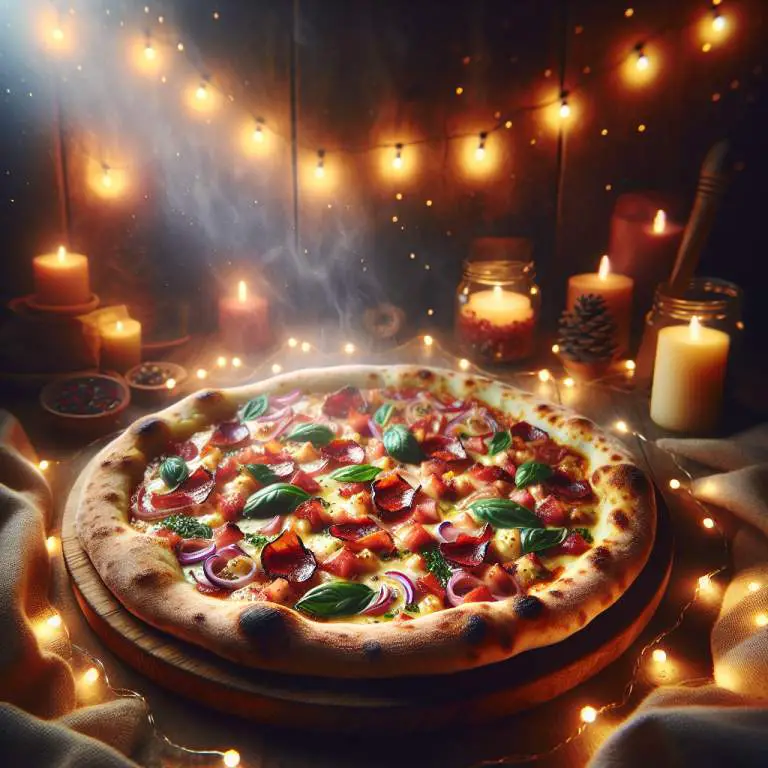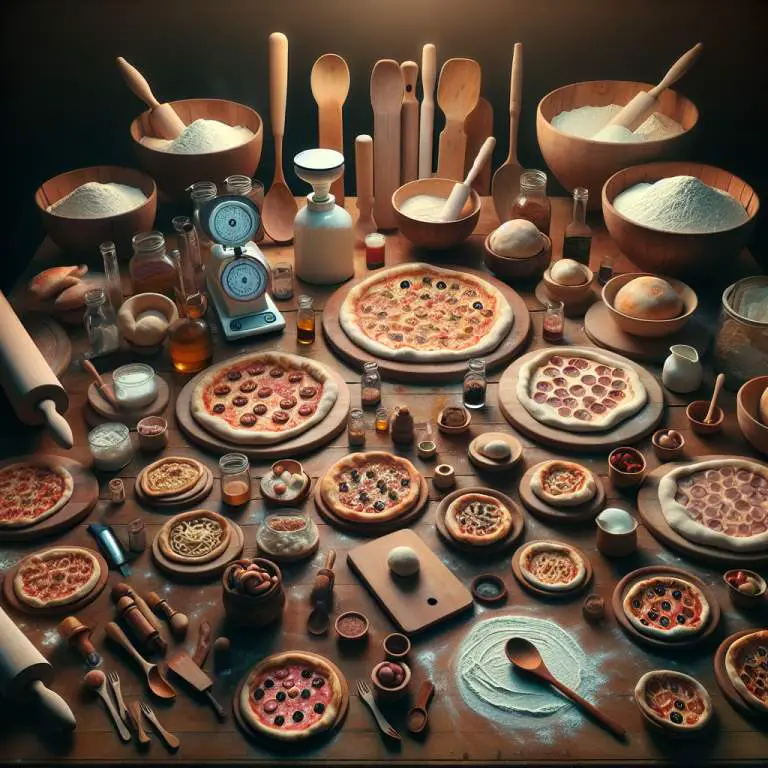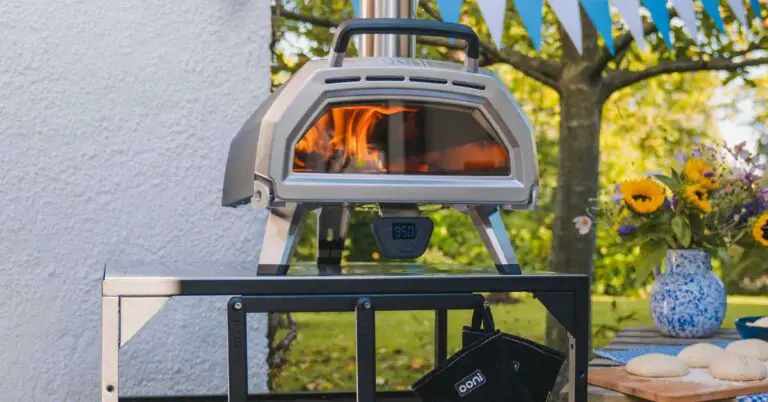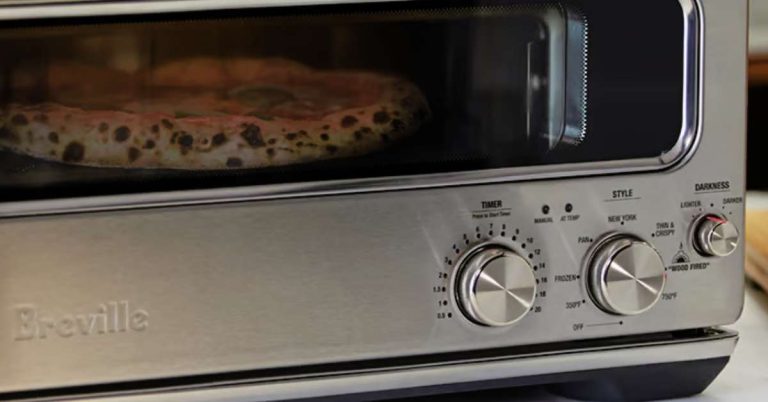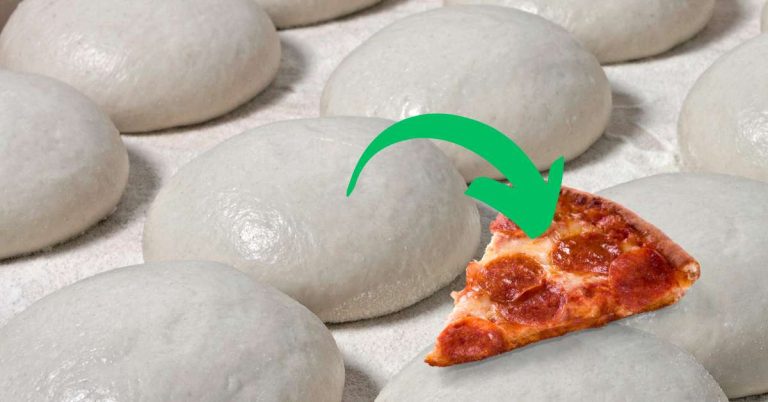Upgrading Your Ooni Pizza Oven Experience: Advanced Techniques and Recipes
To upgrade your Ooni pizza oven experience, focus on advanced techniques and recipes. Master dough hydration and temperature management to achieve the perfect crust. Experiment with wood-fired flavors or try new recipes that challenge your skills. Advancing your techniques can transform your homemade pizzas into pizzeria-quality creations.
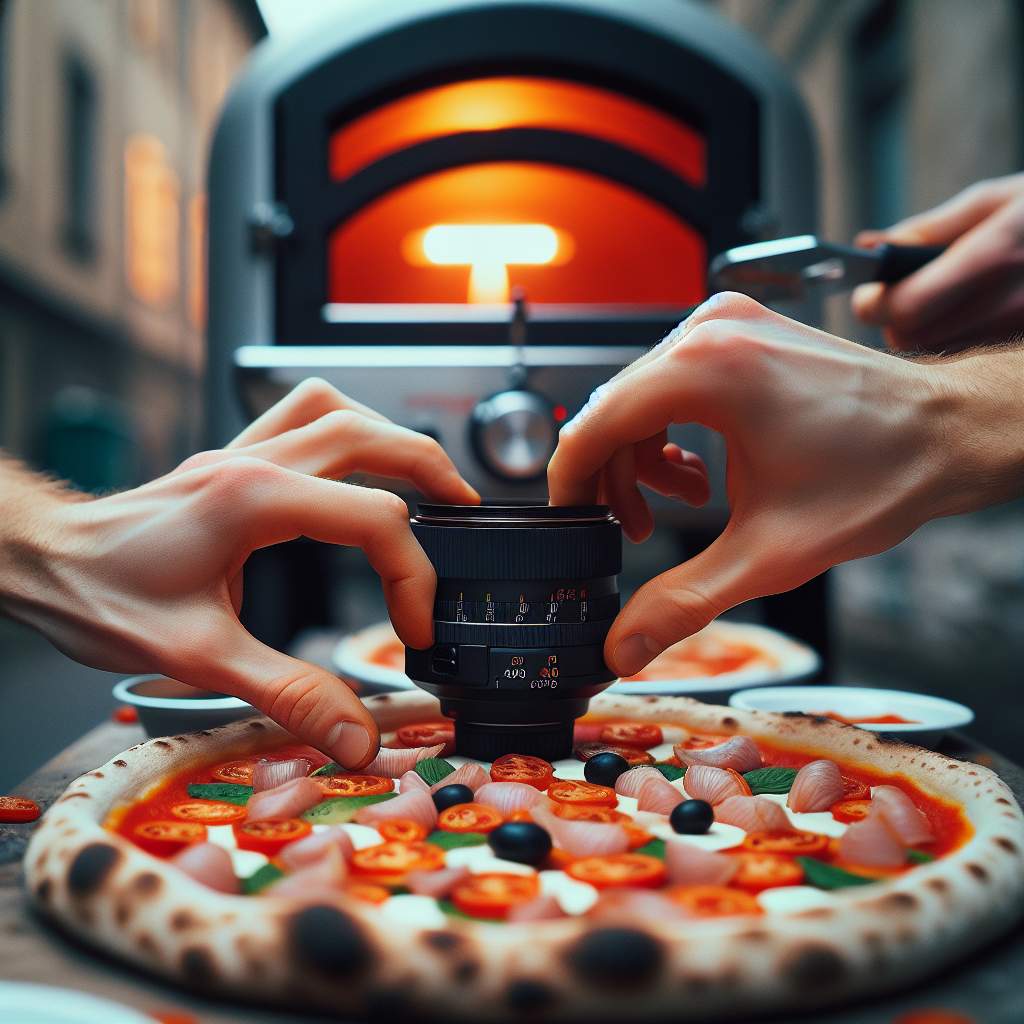
What Advanced Techniques Can Take Your Ooni Pizza to the Next Level?
Mastering the art of pizza making in an Ooni oven involves more than just following a basic recipe. To elevate your pizza, consider experimenting with different types of flour. Each flour type, from all-purpose to 00 flour, impacts the texture and flavor of your crust. By blending flours or trying new ones, you can discover the perfect combination for your taste.
Another technique is to play with fermentation times. Extending the fermentation period of your dough can enhance its flavor and texture significantly. A slow, cold fermentation process in the refrigerator might take longer, but it’s a game-changer for achieving that sought-after complex taste and airy crust.
How Does Dough Hydration Affect Your Pizza Outcome in an Ooni Oven?
Dough hydration plays a crucial role in determining the texture and handling of your pizza dough. Higher hydration levels lead to a dough that’s more challenging to shape but results in a lighter, airier crust once baked. This is particularly beneficial when cooking at the high temperatures an Ooni oven can reach, as it helps create those beautiful air pockets and charred spots on the crust.
On the other hand, lower hydration doughs are easier to work with and shape but might yield a denser crust. Finding the right balance based on your preference and skill level is key. Experimenting with hydration percentages will help you understand how it affects the final outcome, allowing you to tailor your dough recipe for optimal results in your Ooni oven.
What Are the Secrets to Perfect Temperature Management?
Achieving perfect temperature management is essential for cooking pizzas that boast a crispy base and well-melted toppings without burning them. One secret is preheating your Ooni oven adequately before sliding your pizza in. An adequately preheated oven ensures a quick cook time, which is vital for that authentic pizzeria-quality crust.
Additionally, monitoring and adjusting the heat during cooking can make a significant difference. If you notice the bottom cooking faster than the top, try lowering the heat slightly or using a turning peel to rotate your pizza more frequently. This ensures even cooking and prevents one side from becoming too charred while allowing toppings to cook thoroughly.
| Technique/Recipe | Description | Benefits |
|---|---|---|
| Neapolitan Dough | High hydration (65-70%), 00 flour, slow fermentation (24-72 hours) | Light, airy crust with complex flavors |
| Temperature Control | Preheat to 500°C (932°F) for 15-20 minutes, then lower to 450°C (842°F) when cooking | Perfect char and cook without burning |
| Launching Technique | Use a lightly floured peel, swift but gentle launch | Prevents sticking, ensures even cooking |
| Wood vs. Gas Cooking | Experiment with wood pellets or gas attachment for different flavors | Wood imparts smoky flavor, gas allows easier temperature control |
| Unique Toppings | Try figs, prosciutto, arugula, or truffle oil post-bake | Elevates flavor profile, gourmet experience |
| Cast Iron Cooking | Use a preheated cast iron pan for meats or vegetables before adding to pizza | Adds texture and depth of flavor |
| Hydration Ratios | Adjust water content based on ambient temperature and humidity | Consistent dough quality, compensates for environmental changes |
| Rotating Technique | Rotate pizza 180° halfway through cooking | Even char and cook on all sides |
| Calzone | Experiment with Calzones, using the same dough and your favorite fillings | Variety in your pizza repertoire, great for leftovers |
| Dessert Pizzas | Use Nutella, fruits, and powdered sugar for a sweet finish | Expands menu, perfect end to a pizza night |
How Can You Incorporate Wood-Fired Flavors into Your Ooni Pizzas?
Adding wood-fired flavors to your Ooni pizzas can transform them into gourmet creations. The key is using the right type of wood. Hardwoods like oak, maple, and cherry are perfect because they burn hot and slow, giving off a wonderful aroma that infuses your pizza with a smoky taste.
To get these flavors, start by preheating your Ooni oven with the chosen wood until it reaches the ideal cooking temperature. Then, keep a small flame going to ensure that smoky flavor continues to permeate your pizza as it cooks. This method requires practice but results in a deliciously unique flavor profile.
What Are Some Must-Try Recipes for Advanced Ooni Users?
For those looking to push their culinary skills further, trying out new recipes is a must. A smoked salmon pizza with capers and cream cheese offers a sophisticated twist on traditional toppings. The smoky flavor from the wood fire complements the salmon perfectly, creating an unforgettable dining experience.
Another recipe to consider is a dessert pizza featuring nutella, sliced bananas, and a sprinkle of chopped hazelnuts. Cooking this sweet treat in an Ooni oven gives it a delightful crispiness that contrasts wonderfully with the gooey chocolate and soft banana slices. These recipes showcase the versatility of your Ooni oven beyond classic pizzas.
The Role of Fermentation in Achieving the Perfect Crust
Fermentation is crucial for developing flavor and texture in pizza dough. Allowing your dough to ferment slowly in the refrigerator for 24 to 72 hours breaks down sugars and enhances its taste. This process also makes the dough easier to shape into that perfect crust.
The longer fermentation period leads to a lighter, airier crust with distinctive bubbles that char beautifully in the high heat of an Ooni oven. Experimenting with different fermentation times can help you find the balance that works best for your taste preferences and desired crust characteristics.
Final Thoughts
Making exceptional pizzas in an Ooni oven involves more than just following basic instructions; it’s about exploring advanced techniques and recipes. Incorporating wood-fired flavors, experimenting with fermentation times for your dough, and trying out sophisticated recipes can elevate your homemade pizzas into culinary masterpieces.
Remember, achieving perfection takes practice and patience. Don’t be afraid to experiment with different woods for smoking or extend fermentation times for your dough. Each adjustment brings you closer to creating your ideal pizza experience at home.

